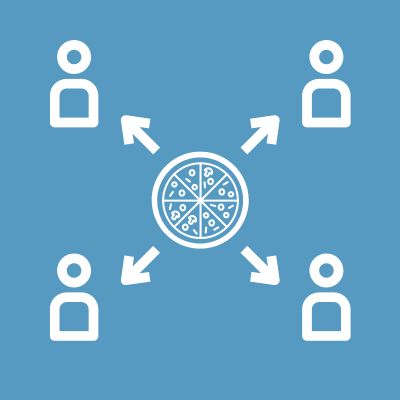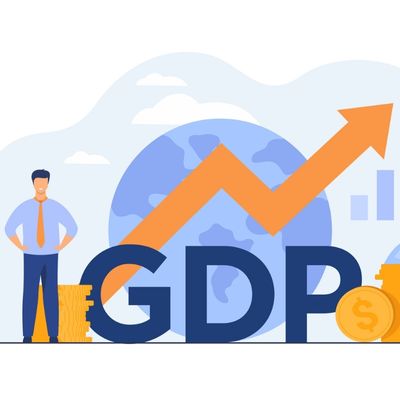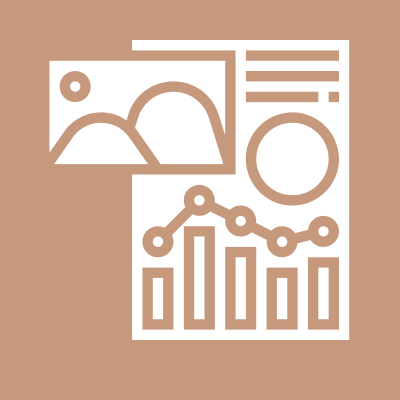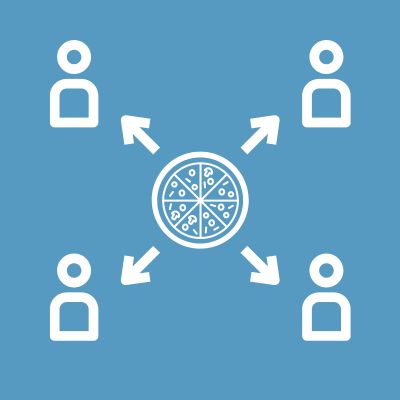GDP: What Is It?
Define GDP, explain its components, and define per capita GDP
{{searchResultSnippet}}
 Back to All
Back to All

This video assignment provides a straightforward definition of GDP, what it measures, and how it is calculated.
GDP is the best-known three-letter acronym in economics. But what exactly is GDP?
GDP, or Gross domestic product, is the total market value of all final goods and services produced in an economy in a given year.
It measures the production of goods like pizza, new houses, cell phones, and services like your favorite streaming channels.
The calculations are simple accounting – multiplying the prices of the goods and services by the quantities sold and adding it all up… for the entire economy.
It’s important to note that all these goods are measured in the price at which they are sold to the end consumer, in U.S. Dollars.
Because one person’s spending is another person’s income, GDP can be tracked by either adding up income earned from selling goods and services, or by tracking spending on goods and services. As we’ll find out later, the spending, or “expenditure” approach, is a useful way to learn about the economy.
GDP is measured on a quarterly basis – that is -- the U.S. Department of Commerce releases GDP data four times per year. Economists analyze the numbers to see if the economy is growing – producing more goods and services, or contracting – producing fewer goods and services. A growing economy is associated with more jobs and rising standards of living. A contracting economy indicates the economy is likely in recession and will experience rising unemployment.
In other words, GDP is a very useful indicator of the economy’s health.

GDP: What Is It?
Define GDP, explain its components, and define per capita GDP

Gross Domestic Product
Visualize the components of Gross Domestic Product (GDP).

Analyzing the Elements of Real GDP in FRED Using Stacking Activity
Graph gross domestic product's (GDP) components over time.

Econ Lowdown Podcast Series
21 Economics audio assignments for your classroom

Minding the Output Gap: What Is Potential GDP and Why Does It Matter?
This issue of Page One Economics® explains how the output gap is useful for checking the health of the economy.

10 FRED Graph Activities in 10 Minutes
Learn about data through graphing activities.

The Components of GDP
Explore the expenditure approach that textbooks use to explain GDP.

Measuring Exports and Imports in GDP
Look at how imports and exports are counted in GDP.

Per Capita GDP
Provide students with an easy-to-understand definition of per capita GDP.

Real vs. Nominal GDP
Explain the difference between real and nominal GDP.

Levels of GDP vs. Percentage Change in GDP
Explain why economists prefer to discuss changes in GDP through percentages.

Trend Growth
Explain potential output and why the economy might experience output gaps.

Automatic Stabilizers
Explain automatic stabilizers and how they help smooth the business cycle.
{{resourceTitle}}
{{resourceBlurb}}